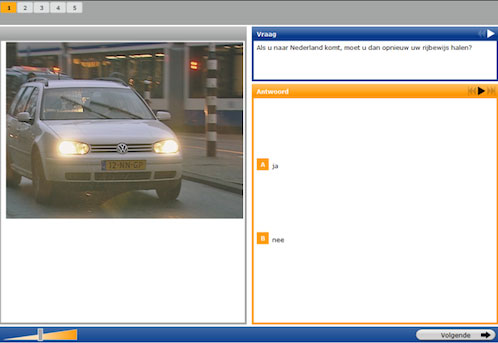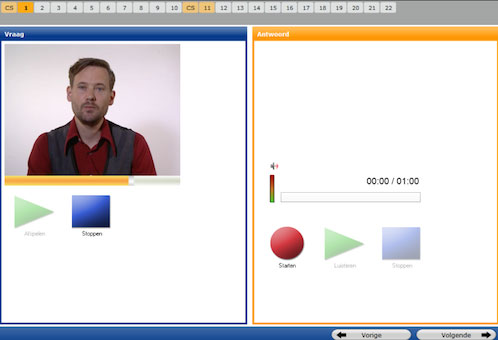Explanation Score Civic Integration Examination in Bangkok, Thailand
If you plan to stay in Holland for more than 3 months, you need to apply for an ‘MVV’ (Machtiging Voorlopig Verblijf = Provisional Residence Permit).
In order to be entitled to get an MVV, you will first need to sit for a special Language Examination plus Knowledge Test at the Dutch Embassy in Bangkok: the Civic Integration Examination.
The new examination, effective since the 1st of April, 2011 onwards, consists of 3 elements:
- KNS-test – Kennis van de Nederlandse Samenleving = Knowledge of Dutch Society
- TGN-test – Toets Gesproken Nederlands = Oral Dutch Language Test
- GBL-test – Geletterdheid en Begrijpend Lezen = Comprehensive Reading
When you sit for your Civic Integration Examination, it is not required to write any of your answers, not even with regard to the written GBL test. So you only need to read, listen & speak. However, you must be able to comprehend and speak Dutch at NT2 proficiency level A1, plus your pronunciation and even intonation is required to be very close to that of a native Dutch speaker.





